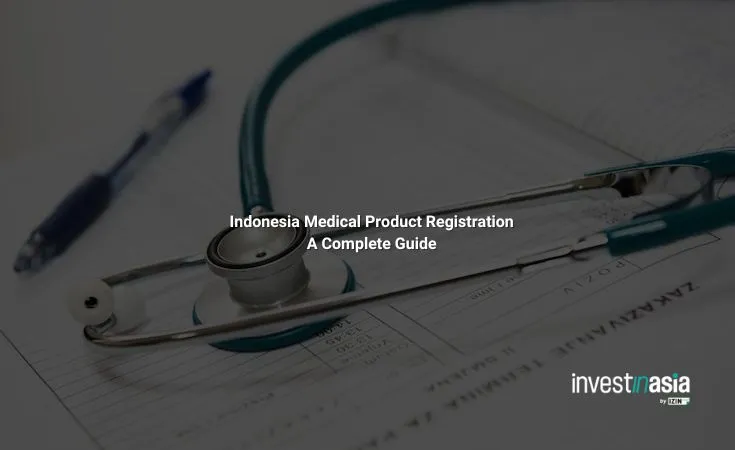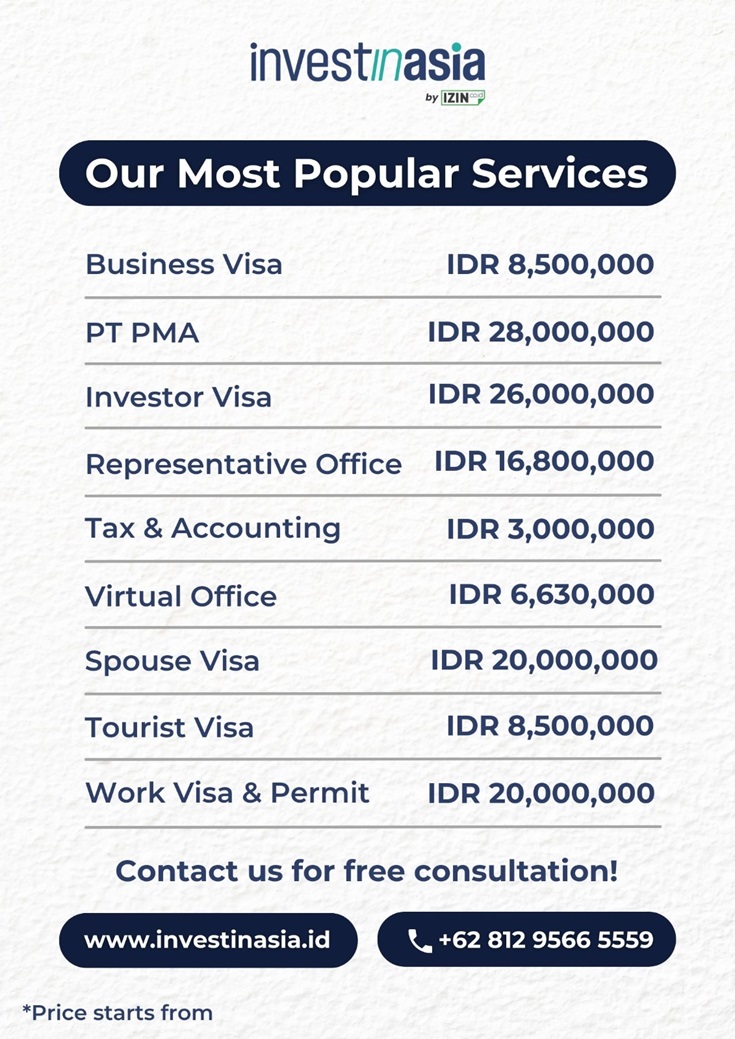Registering a medical product in Indonesia demands strict compliance with dual authorities (BPOM for drugs, Kemenkes for devices), precise dossier preparation, and ongoing post-market vigilance. With proper planning, you can navigate classification, evaluation, and licensing within reasonable timelines.
Regulatory Landscape & Business Foundation
Indonesia’s regulatory architecture separates drugs and supplements under BPOM from medical devices / household health supplies (PKRT) under the Ministry of Health / Kemenkes. A successful registration strategy first ensures you choose the correct path.
Before dossier submission, you must establish legal presence or representation in Indonesia. Foreign firms often set up a PT PMA entity or appoint a Local Authorized Representative (LAR). Domestic entities must register via OSS, obtain NIB, and secure appropriate business licenses.
Pharmaceutical Registration (Drug Products)


Classification & Applicant Criteria
Pharmaceuticals fall into categories such as prescription (G), OTC, or narcotics. For registration, BPOM defines categories 1–7 (new drugs, generics, variations, renewals).
Local manufacturers must hold a valid pharmaceutical industry license and CPOB / GMP certification. Imported drugs require a LoA, GMP from origin country, and authorization via a domestic entity.
Dossier & Evaluation Timeline
Your dossier is divided into administrative, quality, non-clinical, and clinical modules. For imported drugs, notarized LoA and certificate of free sale (or equivalent) are critical.
Under Regulation No. 23 of 2025, evaluation times have been adjusted: e.g. generic emergency use may be reviewed in 5 working days, new drug standard evaluation ~300 working days. Expect the whole process to take 12–24 months depending on complexity.
Import Permit & Renewal
Each import requires an SKI (Import Certificate) tied to one shipment. Licenses (Izin Edar) typically last 5 years and require renewal well in advance.
Also read; 13 Leading Companies in the Health Sector in Indonesia
Medical Device & PKRT Registration
Risk Classification & Requirements
Devices are categorized into Classes A, B, C, D based on invasiveness, duration of contact, risk. Higher classes need more rigorous evidence (clinical data, biocompatibility tests).
Foreign manufacturers need to appoint a single LAR and the LAR must have IDAK, and within a year, CDAKB certification.
Submission Format & Process
You must use the ASEAN CSDT dossier template and submit via Regalkes / ASPAK. The pre-submission step classifies your device and generates a PNBP (fee) notice.
Processing times range by class (e.g. Class A ~15 days, Class D ~45 days), assuming complete dossier submission.
Post Market & Renewal
You must maintain PMS: adverse event reporting via e-watch, regular product testing, facility audits, and biannual reporting. Licenses must be renewed (often 2–5 years validity).
For PKRT products, classification is by risk (Class 1–3). The submission is simpler than medical devices but still requires safety/efficacy data, labeling in Bahasa Indonesia, and dossier to the Ministry of Health.
Strategic Tips & Common Pitfalls


- Start early: anticipate regulatory review, queries, or deficiencies.
- Work with regulatory consultants: they help streamline dossier completion, correct classification, and minimize resubmissions.
- Maintain up-to-date certifications: GMP, ISO 13485, CPOTB, CPABK, etc.
- Do not neglect post-approval obligations: surveillance, renewals, variation submissions.
- Plan document legalization: for imported products, LoA/legalization (apostille or embassy) must be handled properly.
Also read: 10 Top Pharmaceutical Companies in Indonesia
Why Choose InvestinAsia for Your Registration Journey
Navigating Indonesia’s regulatory maze is complex and costly. That’s why we at InvestinAsia offer full services to support you:
- Licenses & Permits Service: from company setup to regulatory registration
- Medical Device Registration Assistance: dossier preparation, LAR support, CDAKB, post-market compliance
- Pharmaceutical & Traditional Medicine Registration: local representation, regulatory filing, renewal support
If you’re a foreign investor or business owner seeking to enter or expand in Indonesia’s medical product sector, let us guide you. Explore our Licenses & Permits services now to get started.
Contact us today for a FREE consultation and start your expansion journey.
FAQs (Answer-Box Friendly)
Who regulates drugs versus medical devices in Indonesia?
BPOM regulates drugs, cosmetics, supplements; Kemenkes regulates medical devices, IVDs, and household health supplies.
Can a foreign company directly register a product?
Not directly. You must either set up a PT PMA or appoint a Local Authorized Representative (LAR) or local registrant.
What timeframe should I expect for regulatory approval?
Pharmaceutical registration often takes 12–24 months, while medical device approvals span from 15 to 45 days, depending on risk class.
What happens after approval?
You must comply with post-market surveillance, renew licenses before expiration, and submit any variations or adverse event reports.
What key certifications must be valid?
For drugs: CPOB / GMP; for medical devices: ISO 13485 / CPAKB; plus LoA legalization and facility quality audits.



